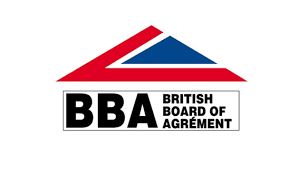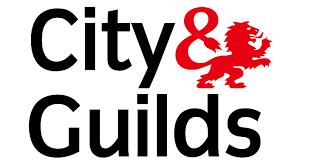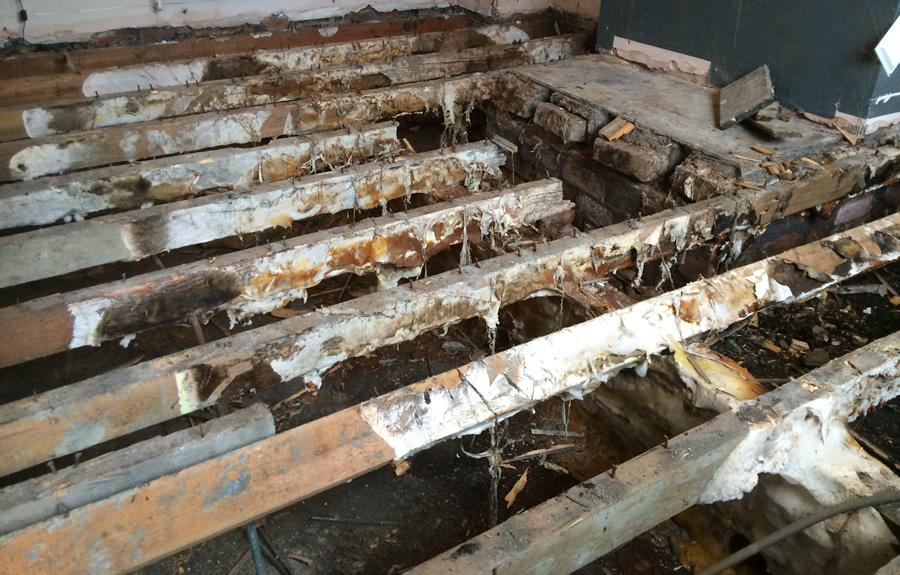
Whether you’re facing with the menace of wet rot or threat of dry rot, Timber Rot Specialists at Able Insulation and Damp Proofing are here to combat timber rot issues with precision and expertise.
What is Wet Rot?
Wet rot is a situation when fungal species come in come in contact with timber and start decaying it. Wet rot is a result of fungi growing on high-omoisture timber. It usually happens when water penetrates the timber and causes damps. These moisture damps support fungal growth. The wet rot however doesn’t spread to nearby timber and remains restricted (localised) to the damp timber.
What Is Dry Rot?
Dry rot is when timber comes in contact with a severe fungus (Serpula Lacrymans) causing the timber to decay and rot. Unlike the wet rot that remains localised, dry rot spreads to all nearby timber and therefore causing more damage. It leaves the wood brittle and affects structural integrity.
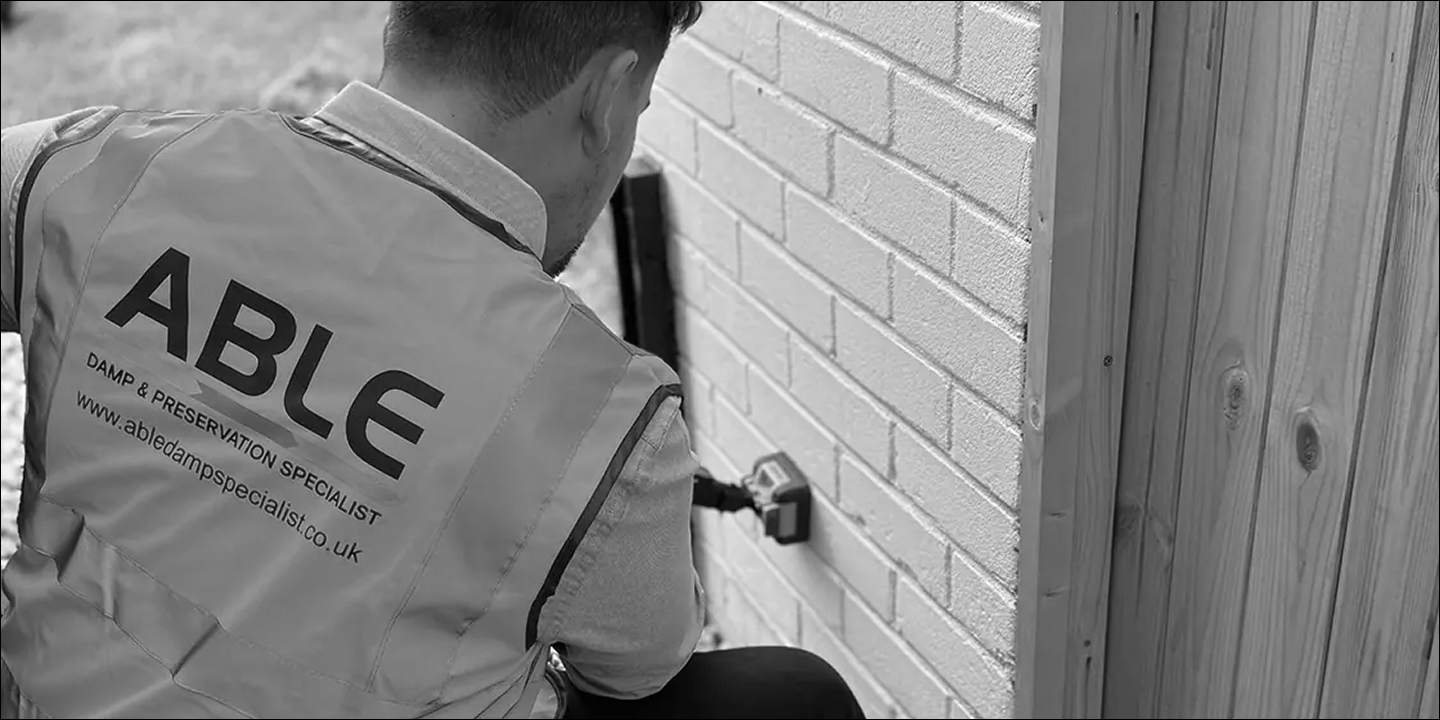
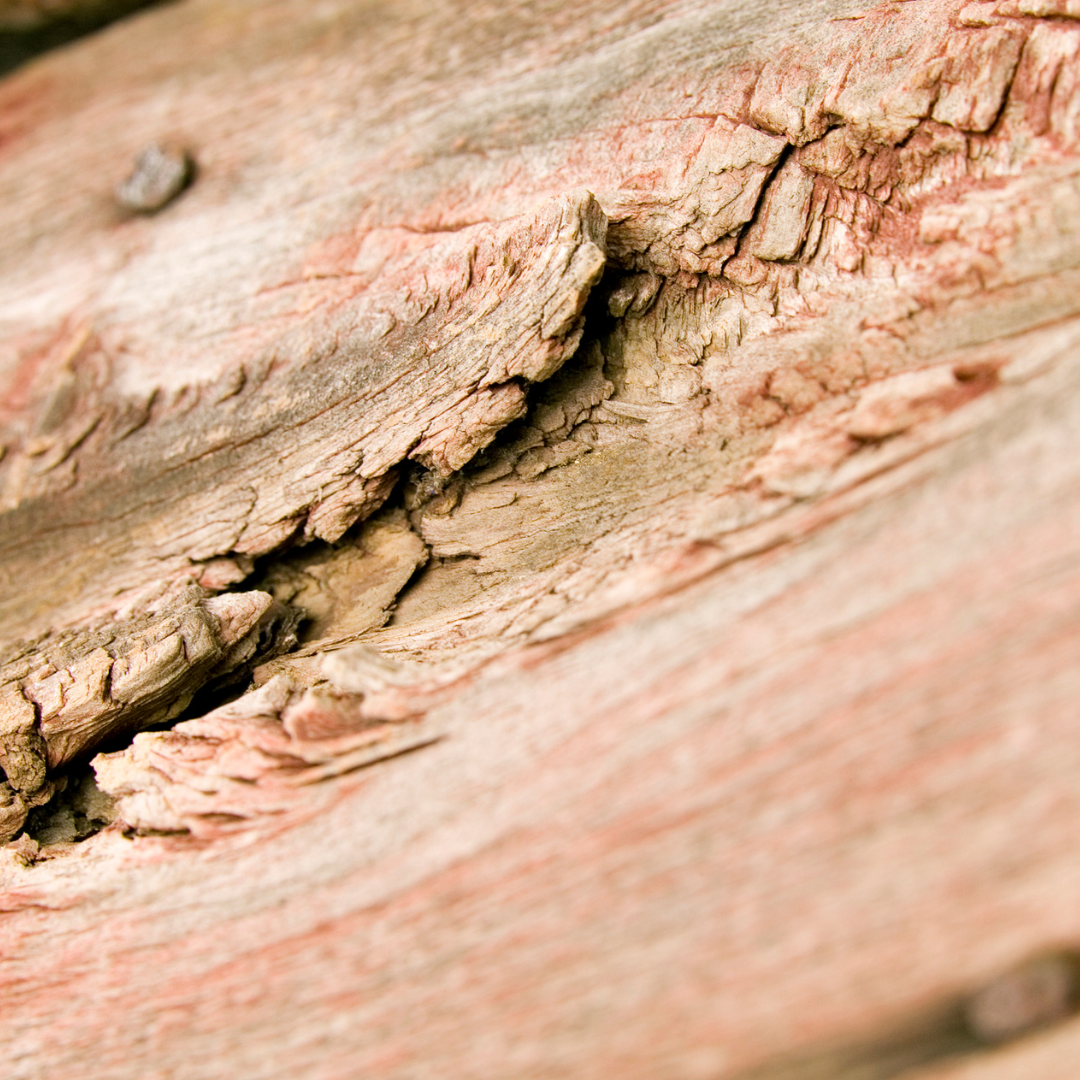
What are the Main Differences?
Wet rot and dry rot are both types of fungi, both require moisture to grow and both cause timber damage. However, there is a difference between them. While wet rots thrive in moisture levels of 50% and more, dry rot can spread with only 20% to 30% of moisture in the timber. Another difference is how they spread. Wet rot is localised and decays only the damp timber while dry timber spreads to other timbers too. This makes dry rot more dangerous as it can destroy the whole building. For accurate and foolproof treatment and removal of timber rots, it is important to identity the specific type of timber rot.
Identifying Dry Rot
- Wood shrinks and cracks.
- A thin layer on the surface can hide the rot, but the wood feels soft and sponge-like.
- The fungus can look yellowish at first, then turn grey as it gets older.
- There’s a musty smell and mushroom-like growth.
- You might see red dust in rooms where it’s affected.
- The paint might look damaged, showing cracked wood underneath.
- The fungus can grow through walls to find more wood.
- It likes places that are wet and don’t have much air.
Identifying Wet Rot
- Shrinkage and cracking of timber
- Soft and spongy feel to the affected area
- Discoloration present on the timber
- Mycelium strands are visible in some cases
- Limited spread confined to damp areas
- Damaged paint finish, revealing cracked timber underneath
- A damp, musty odor
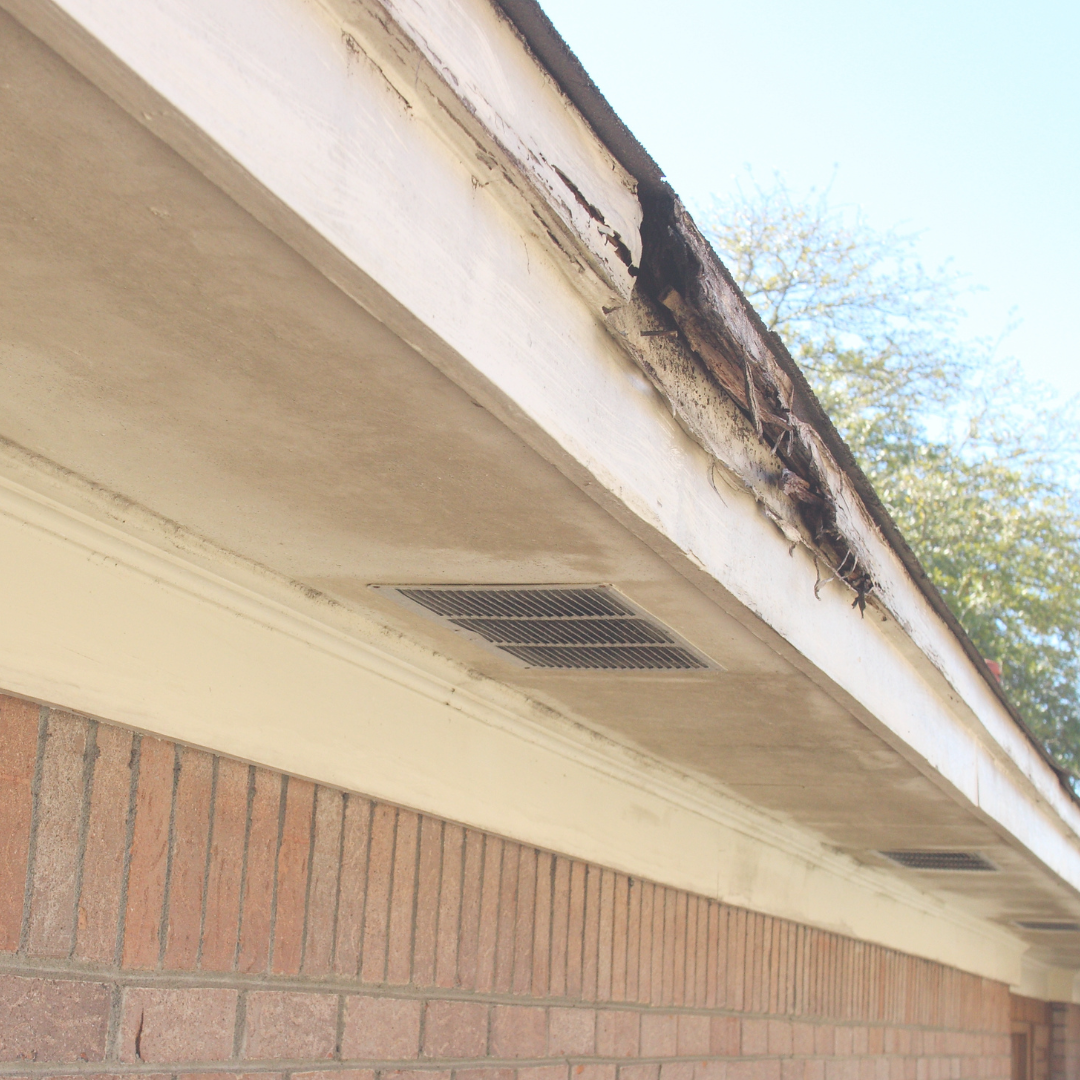
Where Does Wet & Dry Rot Grow?
Where Does Wet Rot Grow?
Wet rot is a fungus that grows in damp places. It can damage wood in your home, like on the roof or on the ground floor. If wood gets wet, it’s at risk of wet rot. It’s important to treat wet rot early because it can harm the structure of your home. Wet rot doesn’t spread through walls, and it stops growing when things dry out. Wet rot can start from different sources of dampness, like leaks or problems with your home’s structure.
Where Does Dry Rot Grow?
Dry rot is another fungus that grows in damp areas. Like wet rot, it can damage wood in your home. It doesn’t matter if your home is old or new, dry rot can still appear. It usually starts where there’s a leak or dampness, like on the roof or under the floor. It’s common for dry rot to grow in places with poor ventilation, like in attics or behind walls. If you think you have dry rot, it’s important to get help to fix it.

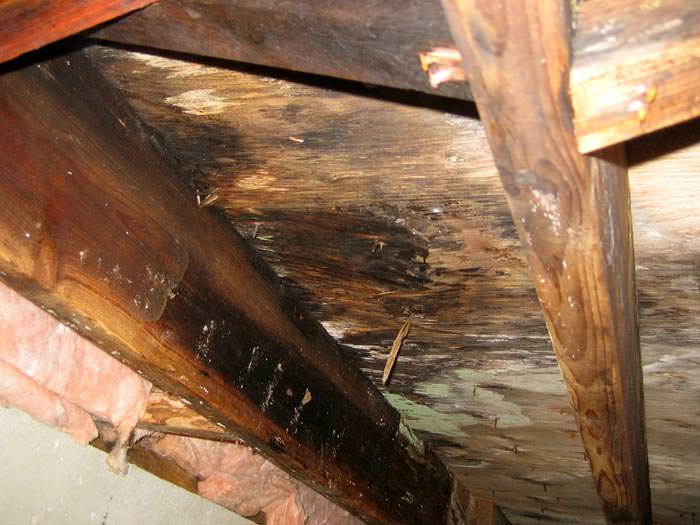
How to Treat Dry Rot?
To treat dry rot effectively, follow these steps:
- The first step is to locate and eliminate sources of moisture such as water leakage, plumbing issues, damp penetration, etc.
- Strip out decayed wood and other affected timbers.
- Apply fungicide on new timber replacement to kill spores
- Improve airflow within the property to keep the areas dry
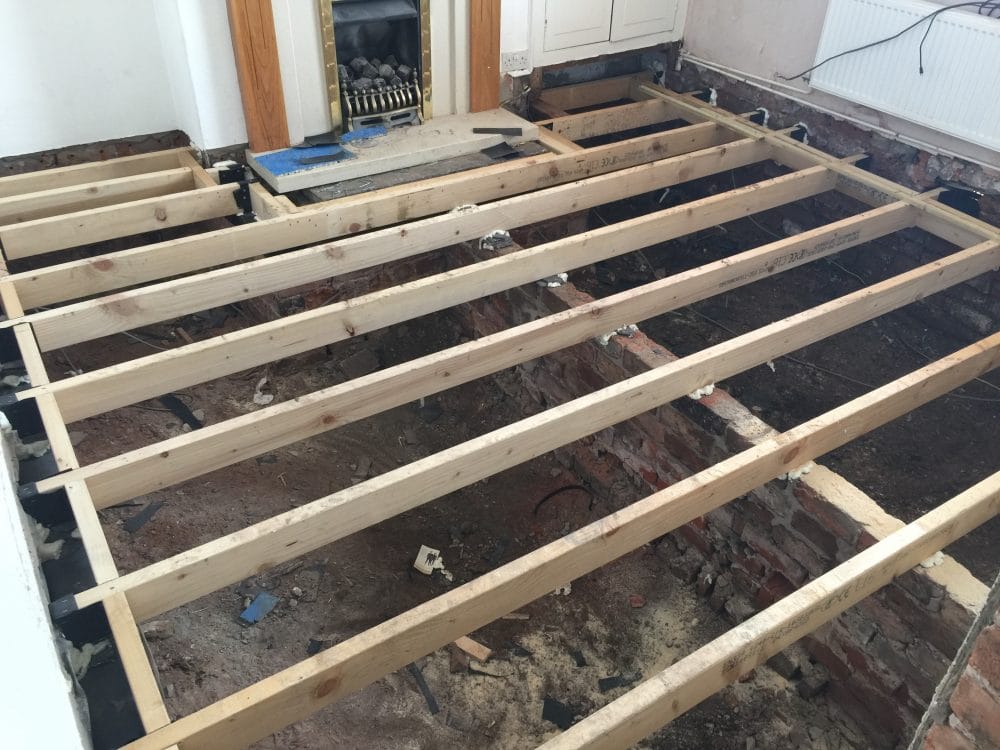
How to Treat Wet Rot?
To treat wet rot, follow these steps:
- Find where the moisture is coming from. This keeps the rot from spreading.
- Find reasons that are causing moisture such as leaks and damp penetration
- Remove all the decayed timber
- Fix or add support to weakened timber
- Apply fungicide to nearby timber to prevent further rot.
Remember, stopping the moisture is key. If you suspect wet rot, get help from a specialist to fix it before it gets worse.


Get in Touch with Able Damp & Preservation Specialist!
Don’t let rot spread – Fight timber decay with Experts!
From identifying moisture sources to implementing effective treatments, our team is dedicated to preserving the structural integrity of your home. We provide professional rot removal services.
Contact us for a thorough inspection today!
Timber Rot
For reliable Timber Rot Treatment contact us today and rectify any existing defects promptly.



